 Earlier this year I had a lovely lunch with an author of nonfiction titles for kids. As we discussed the wide range of nonfiction available to children these days she lamented the fact that we’ve become so narrow in what we deem worthy of our children’s attention. Sticking strictly to what we consider to be the “facts” can be unnecessarily fraught. Then again, things like fake dialogue and just generally making up stuff can be more than problematic. But how can any nonfiction picture book be considered wholly accurate when illustrations are, by their very nature, imaginings on the part of an artist? And around and around and around these arguments go.
Earlier this year I had a lovely lunch with an author of nonfiction titles for kids. As we discussed the wide range of nonfiction available to children these days she lamented the fact that we’ve become so narrow in what we deem worthy of our children’s attention. Sticking strictly to what we consider to be the “facts” can be unnecessarily fraught. Then again, things like fake dialogue and just generally making up stuff can be more than problematic. But how can any nonfiction picture book be considered wholly accurate when illustrations are, by their very nature, imaginings on the part of an artist? And around and around and around these arguments go.
For me, the simplest answer is simply to take a knife and cut your children’s nonfiction into two parts. On one side you can have your books that stick as closely as possible to the truth. No fake dialogue. No goofy imaginings. Staid. Solid. Steady. Then, on the other side, come the creative interpretations. Books that work to engage young readers with more fictionalized elements. Those are the books we’re going to celebrate today. They’re sometimes wholly fictionalized, sometimes mostly true, and always very interesting. Enjoy!
2016 Fictionalized Non-Fiction for Kids
Arnold’s Extraordinary Art Museum by Catherine Ingram, ill. Jim Stoten
Anyone can celebrate famous art. How many books for kids chose instead to highlight some of the more obscure pieces out there in the world? For adults and kids that are sick to death of the Mona Lisa or Michaelangelo’s David, Ingram’s book comes as a strange little antidote. Here you’ll find the Bauhaus Metal Party of 1929 or Pablo Picasso’s bull, as well as a slew of others as our host, Arnold, leads a tour of his extraordinary museum. Plus there’s humor. Lest we forget.
The Artist and Me by Shane Peacock, ill. Sophie Casson
There are lots of books about children meeting famous artists. There are very few about children meeting famous artists with the sole purpose of making those artists miserable. A lot of what I like about Peacock’s book is her willingness to feature a protagonist in the wrong. A boy teases Vincent Van Gogh alongside the other people of his village, though deep down he knows that there’s more here than meets the eye. The whole book is tinged with an odd sort of regret, as the now grown boy looks back on what might have been. The melancholy is a kind of allure in and of itself, and Casson’s illustrations do not attempt to replicate Van Gogh’s paintings, yet it does invoke them in some way.
Freedom Over Me: Eleven Slaves, Their Lives and Dreams Brought to Life by Ashley Bryan
The articles of sale for the slaves are real. The names of the slaves (or lack thereof) and areas of expertise are real. But for the poems Ashley Bryan had to rely on his own expansive memory to weave lives out of scant words. As I said in my review of this book, “Ashley Bryan does everything within his own personal capacity to keep these names and these people alive, if just for a little longer. Along the way he makes it clear to kids that slaves weren’t simply an unfortunate mass of bodies. They were architects and artists and musicians. They were good and bad and human just like the rest of us.”
From Wolf to Woof!: The Story of Dogs by Hudson Talbott
The story of how wolves became man’s best friend is presented with a possible scenario on the start. The scenario cannot, by rights, be considered strictly factual. Then again, often as librarians we’ll give a pass to books that contain groups doing one thing or another on the page because the writer is being vague enough with the reader (does that make sense?). This is a story as much as it’s a lesson in evolution and I think child readers will better grasp what Talbott’s trying to say because of the way in which he says it.
The Great Antonio by Elise Gravel
Straddles the line between fiction and nonfiction. In fact, Horn Book said of the book that it is, “not quite a biography yet not quite a legend.” Kirkus, for their part, hit the nail on the head when they said that, “The comedic treatment never mocks Antonio but celebrates him in all his weird glory.” And since I’m just quoting the professional reviews here, let’s end with a line from Publishers Weekly that really makes it clear why this book is special. “What’s to be made of lives that don’t go the way they were supposed to? Gravel shows that they’re worth paying attention to.” Amen that.
Jazz Day: The Making of a Famous Photograph by Roxane Orgill, ill. Francis Vallejo
The most fictionalized non-fiction on this list, in a way. The facts are there, but because Orgill enters into the head of some of the characters (like the kid on the cover, for example) it’s not technically non-fiction. Fiction and non-fiction get swished all together so that you have to be diligent to figure out how to separate out the two. What it is is cool.
Lift Your Light a Little Higher: The Story of Stephen Bishop: Slave-Explorer by Heather Henson, ill. Bryan Collier
So let’s talk about what happens when someone writes a picture book biography. If the subject isn’t someone who gets a lot of biographies already, like a Lincoln or a Rosa Parks, then telling their tale means doing a little extra work. You have to find those little moments of humanity throughout their life that allow the reader to connect with the hero. You also need to pick and choose how much of their life to discuss. And finally, you need to do all of this in a fun and child-centric way. When including dialogue, you have to source what’s said by the characters in the backmatter. It could be rigorously footnoted or it could just be a quickie statement that says the dialogue came from this book or that interview. When it’s not sourced I, the librarian, have to assume it’s fake. And in the case of this book, the choice to write it in the first person makes it trickier still. It’s a true piece of fictionalized non-fiction, and a very interesting read it is too. Be sure to pair it with the (now sadly out-of-print) Journey to the Bottomless Pit: The Story of Stephen Bishop and Mammoth Cave by Elizabeth Mitchell. Dang good book that.
Lost and Found: Adele & Simon in China by Barbara McClintock
A new Adele and Simon title is a cause for celebration, and here McClintock outdoes herself. Each spread in this book is chock full of details about turn-of-the-century China. Devoid of even a whiff of a Boxer Rebellion, it nonetheless gives a thorough accounting of what the different regions looked like.
Mad Scientist Academy: The Weather Disaster by Matthew McElligott
This is another case of my loving the sequel better than the original. Why Dreamworks hasn’t snapped this series up for its next big budget blockbuster is beyond me (a school full of mad scientists and monsters writes itself) these books are basically Magic School Bus sans “Bus”. The students must solve laughably out-of-control situations using their brains, and readers learn something along the way. In this particularly case it’s all about the weather. For the weather obsessed, the mad scientist obsessed, the monster obsessed, and the just generally obsessed.
A Moon of My Own by Jennifer Rustgi, ill. Ashley White
When my daughter was younger we were walking home one night and she pointed out the moon to me. “Like Harold”, she said, which took me a minute. Only after much thought was I reminded of the fact that in Harold and the Purple Crayon the moon “follows” Harold home. In this book Rustgi takes the same premise, with a little girl “followed” by the moon. In the back of the book it, “explains each topic the girl wonders about, describes and maps the places she visits on her adventure, describes the phases of the moon and gives further facts, and provides activities that can help children understand why the moon appears to change” (or so sayeth Kirkus). I like books with facts in the back. I like that books that go overboard with the facts in the back even more.
Mr. Matisse and His Cutouts by Annemarie van Haeringen
Sometimes I feel like artists get more straight up fictional picture books about their lives than members of other professions. The book covers the time in Matisse’s live when he moved from paints to paper cutouts, making it clear to kids that great art can be done with something as simple as scissors if the spirit is willing. I like books that make art accessible to kids. This certainly fits the bill.
My Name is James Madison Hemings by Jonah Winter, ill. Terry Widener
One of the things that I like about Jonah Winter is that he never makes anything easy on himself. A fictionalized picture book portrait of one of the sons of Thomas Jefferson and Sally Hemings? Don’t say it could never be done because it just was. I suppose I should have included this on my list of picture books for older readers since reading this book requires a certain level of sophistication on the part of the reader. What I really love about it, though, is that it never goes for easy answers. Hemings is left with questions about his father that will never be answered, and so are we.
My Washington D.C. by Kathy Jakobsen
Let it never be said that Jakobsen is not meticulous in her renderings. Twelve sites around Washington D.C. are visited by two kids. While they offer up a kind of travelogue about the city, we get to admire the folk arty stylings of Jakobsen’s clever paints. She did this with NYC back in the day and I can tell you that every single library branch of NYPL uses it constantly. So glad she’s back.
Octopus Escapes Again! by Laurie Ellen Angus
Part story / part array of surprising octopus facts, this is one of the many octopus-related titles to come out this year. And, let’s be honest, one of the best.
The Polar Bear by Jenni Desmond
You ever have that thing where you were totally into a book or a band or an obscure film and then before you can declare your love of it to the world lots of other people go about discovering it too? I read this book a while ago and was going to be very excited to include it on this list. Then it up and appears on the New York Times Best Illustrated list for 2016. It’s garnered a couple other honors along the way as well. Doggone it. I was into The Polar Bear before it was cool, y’all.
Six Dots: A Story of Young Louis Braille by Jen Bryant, ill. Boris Kulikov
Like Lift Your Light a Little Higher, this book tells the story of its hero from the hero’s perspective. So while everything in it is technically accurate, Braille never directly said any of the stuff in this book so it sort of ends up as a picture book. Or does it matter to you where it ends up so long as it’s somewhere? Though it seemed odd to me that there wasn’t any actual Braille within the book or on the cover (Braille that you could feel, that is) it’s a moving portrait, lovingly rendered.
Steamboat School by Deborah Hopkinson, ill. Ron Husband
Oh, I like this book so much!! I discovered it a little late in the year and was so taken with it that I immediately took it home to read to my own kids. Based on an actual steamboat school built by the Reverend John Berry Meachum to operate outside the confines of an unjust law, Hopkinson tells a fictionalized version about a free black boy living in St. Louis in 1847 and how he comes to an education against extreme odds. The telling is stellar and Husband’s art a fun antidote to the stodgy realism this kind of story would usually inspire.
Swimming with Sharks: The Daring Discoveries of Eugenie Clark by Heather Lang, ill. Jordi Solano
The story of the Japanese-American shark research pioneer is fascinating. I love it when a more obscure subject gets some attention in a book. My notes inform me that it’s on this list here today because it has “fake dialogue” in it. There are also faux notebook pages with simple facts about the species. Take all that with a grain of salt since Ms. Clark herself was real and this story is definitely worth discovering.
The Tudors: Kings, Queens, Scribes and Ferrets! by Marcia Williams
If you’ve read one Marcia Williams title then you know what to expect here. Like a Cricket Magazine on speed, Williams fills her margins with chatty cathys. In this case they’re mostly ferrets.
A Voyage in the Clouds: The (Mostly) True Story of the First International Flight by Balloon in 1785 by Matthew Olshan, ill. Sophie Blackall
Olshan and Blackall paired previously with another fact/fiction hybrid, that time called The Mighty Lalouche. When it came out, critics and librarians weren’t entirely certain what to do with it. This follow up about a true air voyage above (and almost in) the sea is a bit more accessible. It’s very funny and chock full of interesting facts about early aerial travel. Try pairing it with the Caldecott Honor winning book Hot Air: The (Mostly) True Story of the First Hot-Air Balloon Ride illustrated and written by Marjorie Priceman
Yaks Yak: Animal Word Pairs by Linda Sue Park, ill. Jennifer Black Reinhardt
Occasionally an animal word pair book will come out, but rarely will it be as pleasing to the eye and funny as this. PW said it was, “Gleeful linguistic fun that kids will wolf down.” Yep. Pretty much.
Interested in the other lists of the month? Here’s the schedule so that you can keep checking back:
December 1 – Board Books
December 2 – Board Book Adaptations
December 3 – Nursery Rhymes
December 4 – Picture Book Readalouds
December 5 – Rhyming Picture Books
December 6 – Alphabet Books
December 7 – Funny Picture Books
December 8 – Calde-Nots
December 9 – Picture Book Reprints
December 10 – Math Picture Books
December 11 – Bilingual Books
December 12 – International Imports
December 13 – Books with a Message
December 14 – Fabulous Photography
December 15 – Fairy Tales / Folktales
December 16 – Oddest Books of the Year
December 17 – Older Picture Books
December 18 – Easy Books
December 19 – Early Chapter Books
December 20 – Graphic Novels
December 21 – Poetry
December 22 – Fictionalized Nonfiction
December 23 – American History
December 24 – Science & Nature Books
December 25 – Transcendent Holiday Titles
December 26 – Unique Biographies
December 27 – Nonfiction Picture Books
December 28 – Nonfiction Chapter Books
December 29 – Novel Reprints
December 30 – Novels
December 31 – Picture Books



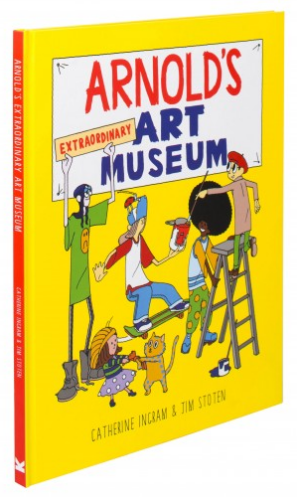
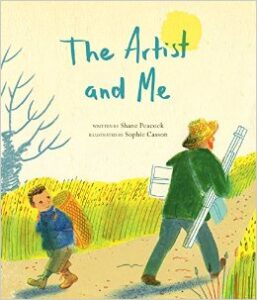


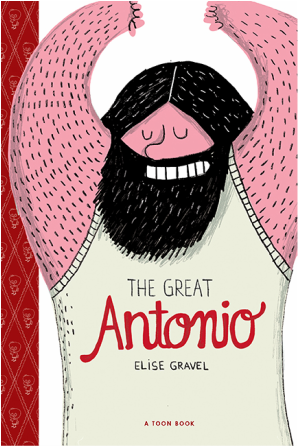

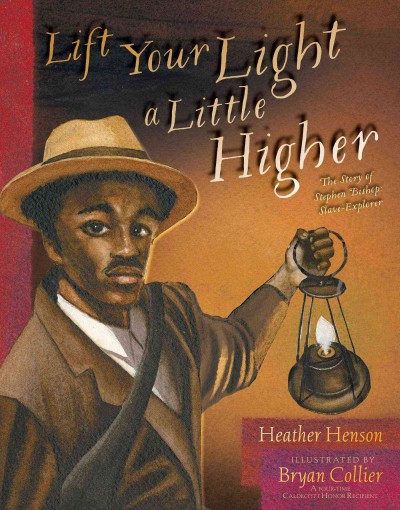
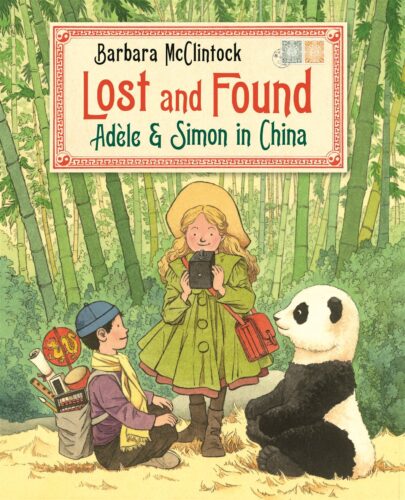
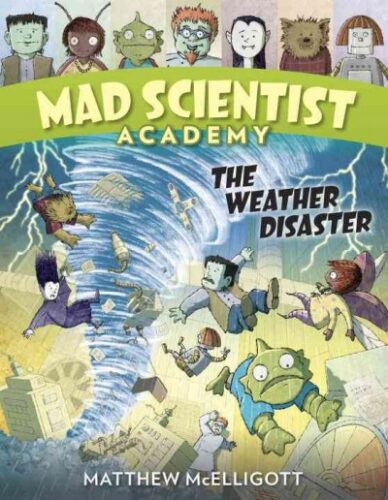

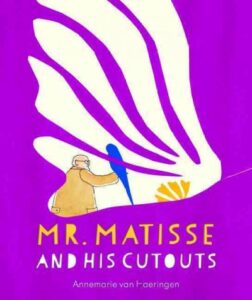
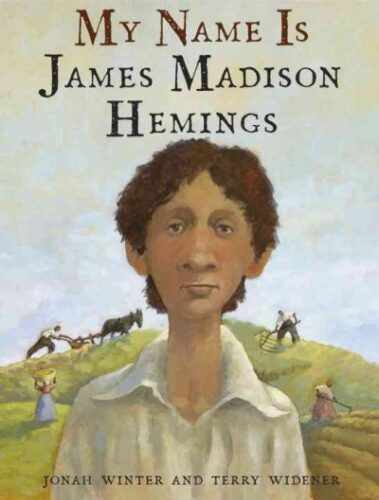
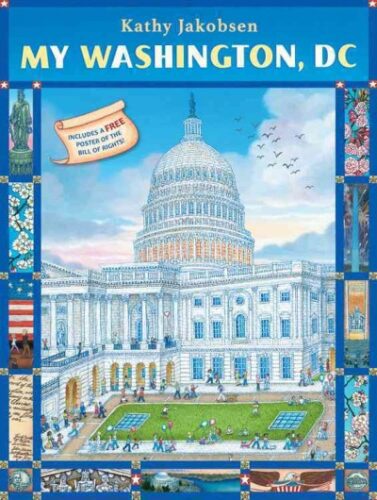


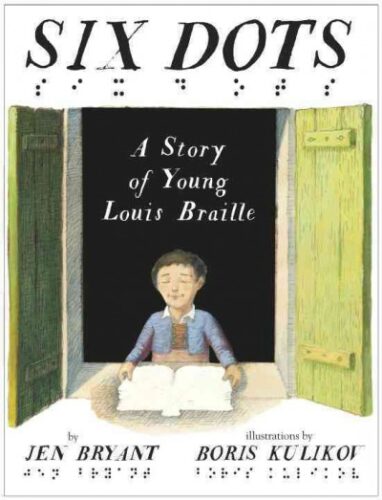
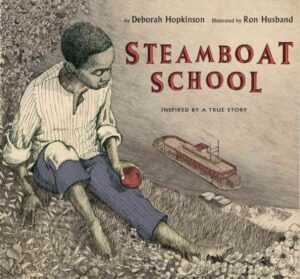
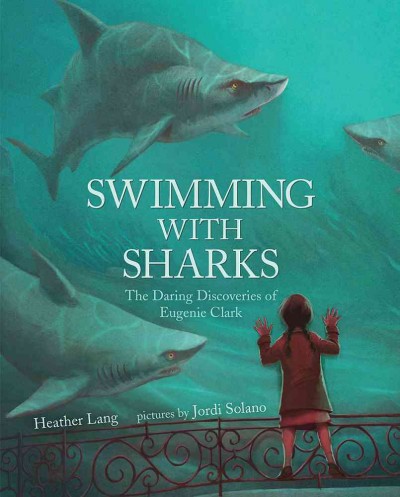

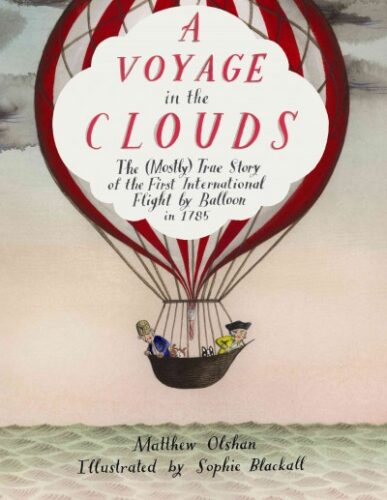
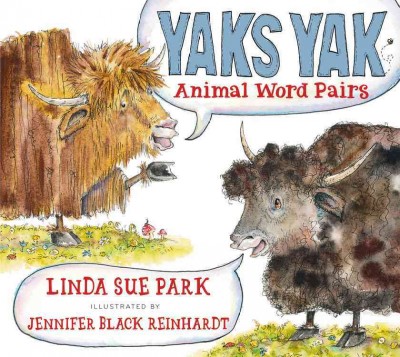
Thank you so much for the mention!
I loved the voice of Lift Your Light a Little Higher, and was astonished that it could be labeled pure nonfiction, since it is so clearly fictionalized (so little is known about Bishop’s life). Couldn’t it also be called historical fiction, since it’s based on a real-life person, same as Six Dots?
Yep. Yet it’s sold as nonfiction by Baker & Taylor, Dewey Decimal number and all. Definitely a bit of historical fiction, that’s for sure and for certain.